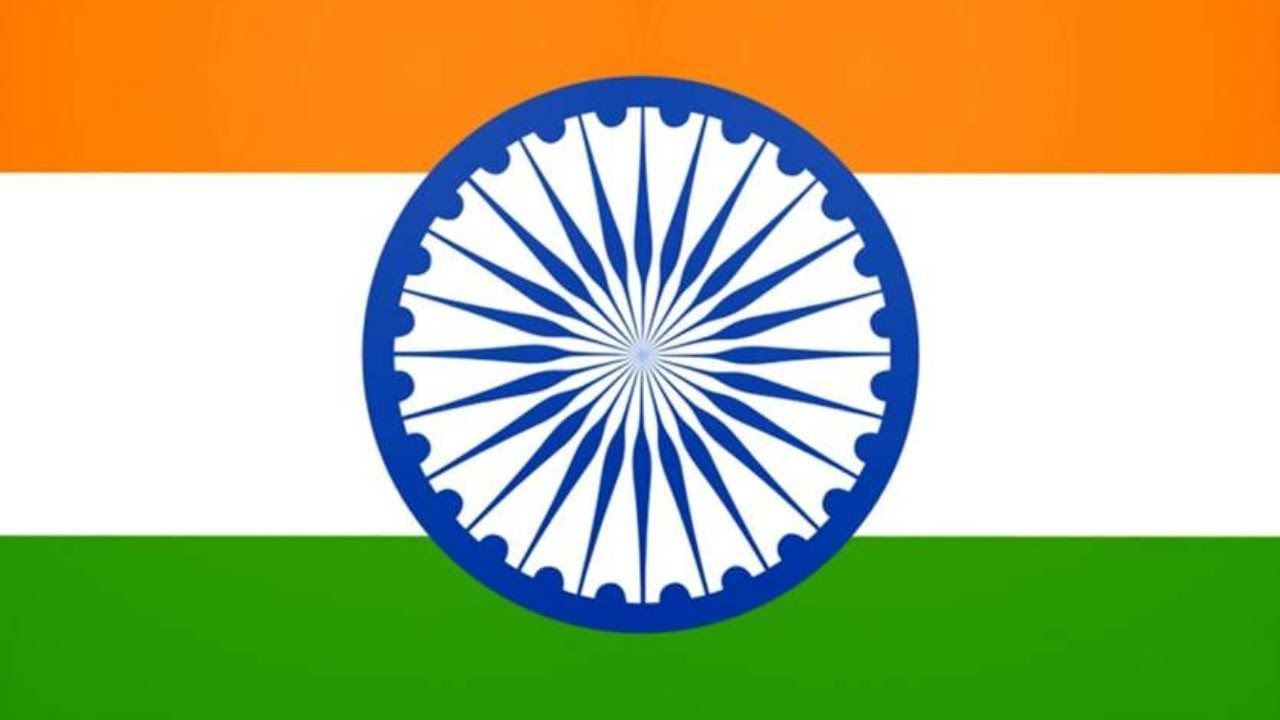The Ashoka Chakra, the navy blue 24-spoke wheel at the center of the Indian national flag, is one of the most powerful symbols of India’s identity. Derived from the Lion Capital of Ashoka, it represents principles of righteousness, movement, and progress. The Chakra has deep historical, cultural, and philosophical significance, rooted in India’s ancient heritage and its vision of an ethical and just society.
This article explores the origin, meaning, historical importance, and influence of the Ashoka Chakra, shedding light on why it continues to inspire millions.
Origins of the Ashoka Chakra
The Ashoka Chakra finds its roots in the reign of Emperor Ashoka (268–232 BCE) of the Maurya dynasty. Known for his transformation from a ruthless conqueror to a benevolent ruler, Ashoka adopted Buddhism and devoted his life to spreading its principles of peace, non-violence, and dharma (righteousness).
The Ashoka Chakra is prominently displayed on the Ashokan Pillars, with the most famous example being the Lion Capital of Ashoka at Sarnath. These pillars, inscribed with edicts, were erected across Ashoka’s vast empire, serving as moral and administrative guidelines for his people.
The wheel was a representation of the Dharmachakra (Wheel of Dharma) in Buddhism, symbolizing the path of righteousness and eternal movement.
Meaning and Symbolism
The Ashoka Chakra in the Indian flag is much more than a decorative element; it holds profound significance.
1. Representation of Dharma (Righteousness)
The Ashoka Chakra is a symbol of Dharma, the moral order that sustains life and society. It signifies the universal values of truth, justice, and ethical governance.
2. The 24 Spokes and Their Meaning
Each of the 24 spokes in the Ashoka Chakra holds a deeper meaning. They represent virtues such as:
- Love
- Courage
- Patience
- Peace
- Generosity
- Selflessness
- Morality
- Righteousness
- Justice
- Compassion
- Truthfulness
- Gratitude
- Kindness
- Discipline
- Sacrifice
- Goodwill
- Non-Violence
- Faith
- Wisdom
- Self-Control
- Determination
- Service
- Humility
- Integrity
3. Symbol of Motion and Progress
Unlike stationary symbols, the Ashoka Chakra represents movement and dynamism. It suggests that India should continuously strive for progress and justice, never remaining stagnant.
4. Connection to Buddhism
In Buddhism, the Dharmachakra represents Buddha’s teachings and the cycle of birth, enlightenment, and rebirth. The Ashoka Chakra embodies these spiritual ideals, encouraging moral living.
The Ashoka Chakra and the Indian Flag
The current Indian national flag, adopted on July 22, 1947, features the Ashoka Chakra at its center. Designed by Pingali Venkayya, the flag’s tricolor pattern consists of:
- Saffron (Top stripe) – Signifying courage and sacrifice.
- White (Middle stripe) – Representing peace and truth, where the Ashoka Chakra is placed.
- Green (Bottom stripe) – Symbolizing faith, growth, and prosperity.
The Ashoka Chakra replaced the Charkha (spinning wheel), which was part of earlier versions of the national flag used during the freedom movement. While the Charkha symbolized self-reliance and resistance, the Ashoka Chakra was chosen to reflect universal progress and dharma.
Historical Significance of the Ashoka Chakra
The Ashoka Chakra has played a critical role in shaping India’s identity across different periods:
1. The Mauryan Era (322–185 BCE)
During Ashoka’s reign, the Ashoka Chakra was a fundamental symbol of his empire, used in pillar inscriptions to spread his ethical and legal messages.
2. Indian Freedom Struggle
Mahatma Gandhi and other leaders often referred to the teachings of Ashoka as a source of moral guidance and non-violent resistance against British rule. The Ashoka Chakra, therefore, became an emblem of a just and self-reliant India.
3. Post-Independence India
After independence in 1947, the Ashoka Chakra became a national symbol, featuring prominently on:
- The Indian National Flag
- The Emblem of India (which also includes the Lion Capital of Ashoka)
- Official Government Documents
- Currency Notes and Coins
- Passports and Seals
Influence of the Ashoka Chakra on Modern India
The Ashoka Chakra continues to be a guiding symbol in modern India:
1. Governance and National Identity
The Indian government uses the Ashoka Chakra and the Lion Capital in official seals, reinforcing the country’s commitment to righteousness and fair governance.
2. Defense and Valor
The Param Vir Chakra, India’s highest military honor, features the Ashoka Chakra as a mark of supreme bravery.
3. Education and Moral Values
Indian schools and institutions teach about Emperor Ashoka’s policies, emphasizing non-violence and ethical leadership.
Comparative Analysis: Ashoka Chakra vs. Other Symbols
Many cultures have used wheel-like symbols to represent progress and spirituality. Some notable comparisons include:
- The Buddhist Dharmachakra – Found in various Buddhist traditions, similar in meaning to the Ashoka Chakra.
- The Roman Laurel Wreath – A circular symbol of victory and achievement.
- The Egyptian Ankh – A wheel-like representation of life and immortality.
Unlike these, the Ashoka Chakra uniquely blends spiritual, ethical, and nationalistic meanings, making it an unparalleled symbol.
Conclusion
The Ashoka Chakra is more than just an emblem on the national flag; it is the soul of India’s moral and cultural ethos. Representing truth, justice, progress, and movement, it serves as a reminder of the principles upon which India was built.
By understanding and embodying the values of the Ashoka Chakra, every Indian can contribute to the nation’s growth and uphold its legacy of peace and righteousness.
Jai Hind!

Leave a Reply